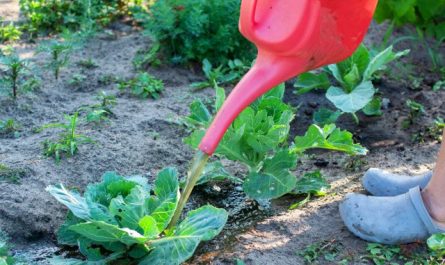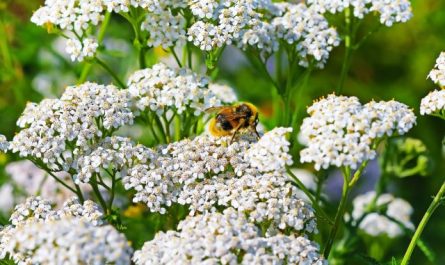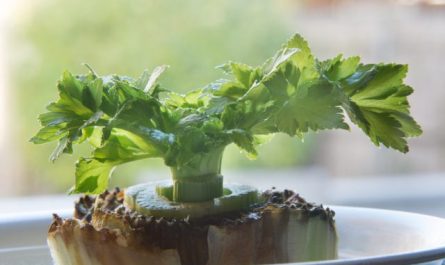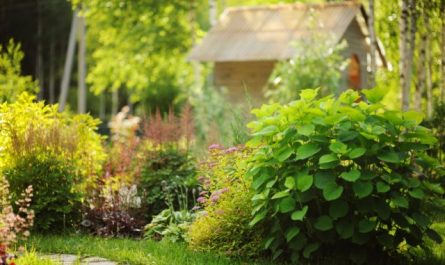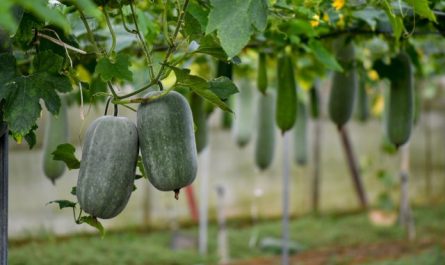Summer heat and crop care are quite tiring for experienced gardeners, and simply scare off newcomers to gardening. In order to turn your stay at the dacha from hard work into a pleasant rest, you need to approach the creation of your own garden wisely.

A few simple rules for planting a vegetable garden
A summer cottage must have a zone set aside for garden crops. If you are a beginner summer resident, do not overdo it – start with small beds, like separate islands, which are easier and more pleasant to cultivate. Large areas occupied by crops that require careful care (systematic watering, fertilizing, processing, performing other work) will not leave time, and the main purpose of the summer cottage is not to work to exhaustion, but to rest.
To begin, write down a list of crops that you will need fresh every day.
Determine their location in the garden plot or outside it (for example: along paths, in the form of a vegetable bed with green or spicy crops).
Select shaded and sunny areas. Crops that do not require direct sunlight will be sown in shaded areas.
Set aside a sunny area for the main garden, where crops that require more nutrition, sunlight, frequent watering, etc. will grow. Do not occupy the entire area with vegetable crops.
Plant the part that is feasible for processing, and leave the rest, temporarily turning it into a natural, so-called Moorish lawn. 1-3 years of rest under the grasses will improve the soil. In an empty area, do not allow weeds to seed. Mow the tops when mass flowering occurs, and the green grass mass will rot over the fall and winter, adding organic matter to the soil.
Make the beds for vegetable and green crops of such dimensions that you can easily reach them from the path to process the plants. The optimal dimensions are 1,0 meters in width and 2-3 meters in length. Leave the paths 0,5-0,6 meters. It is inconvenient to work on narrower ones, especially when watering, fertilizing, spraying. Such beds can be easily covered from frost with film or other covering material.
To repel pests, plant marigolds, calendula, nasturtiums, and other natural insecticides around your garden beds. You will get a country-style garden and at the same time significantly reduce the need for pest control spraying.

Of course, you can grow all vegetable crops in your garden. However, when you start preparing your garden beds, think about how much you need for your family and whether you need to grow the entire list of crops. Maybe it is more correct and practical to choose only the most necessary fresh ones in your daily menus, and buy the rest painlessly at the green market or in specialized stores?
Now let’s find out more about growing some of the most unpretentious vegetable crops.
See the list of easy-to-grow garden crops on the next page.








